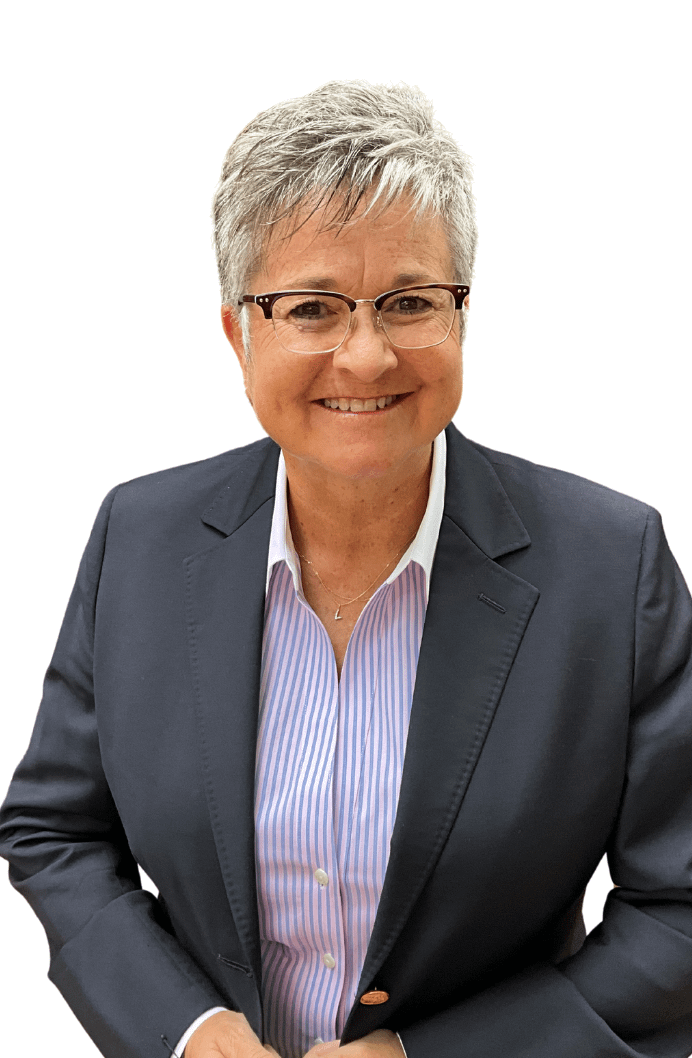RESEARCH TRIANGLE PARK, N.C.– Carolina Molecular, a molecular testing services laboratory with more than 25 years of life sciences experience, and Astoriom, a global leader in stability storage and biorepository solutions, today announced a strategic partnership to deliver fully integrated services for molecular testing and biospecimen storage.
The collaboration is designed to meet the needs of Contract Research Organizations (CROs), Contract Development and Manufacturing Organizations (CDMOs), pharmaceutical companies, and biotech partners by providing an end-to-end workflow that extends from sample receipt and storage through advanced molecular analysis.
“We’re thrilled to partner with Astoriom to deliver a fully integrated solution for our clients,” said Trent Carrier, President of Carolina Molecular. “By combining our cutting-edge molecular testing with Astoriom’s world-class storage capabilities, we’re streamlining logistics and providing an end-to-end solution at a time when operational efficiency is more critical than ever.”
Carolina Molecular brings expertise in CAP/CLIA-certified and NYS-registered molecular testing, including its NGS Foundry services and bioinformatics capabilities. Astoriom contributes extensive ICH-compliant stability storage, CAP-certified biorepository solutions, and ultra-low and cryogenic temperature storage across the United States, Europe, and the United Kingdom. Together, the companies aim to ensure sample integrity, regulatory compliance, and accelerated R&D timelines.
“At Astoriom, we believe the most effective way to support innovation is by working together across the research and development ecosystem,” said Lori A. Ball, CEO of Astoriom. “Our collaboration with Carolina Molecular is a great example of that approach; their testing expertise and our trusted biorepository and stability storage capabilities create seamless solutions for customers. As we continue to respond to our customer needs, partnerships like this allow us to better serve life sciences teams who are pushing boundaries in discovery and development.”


